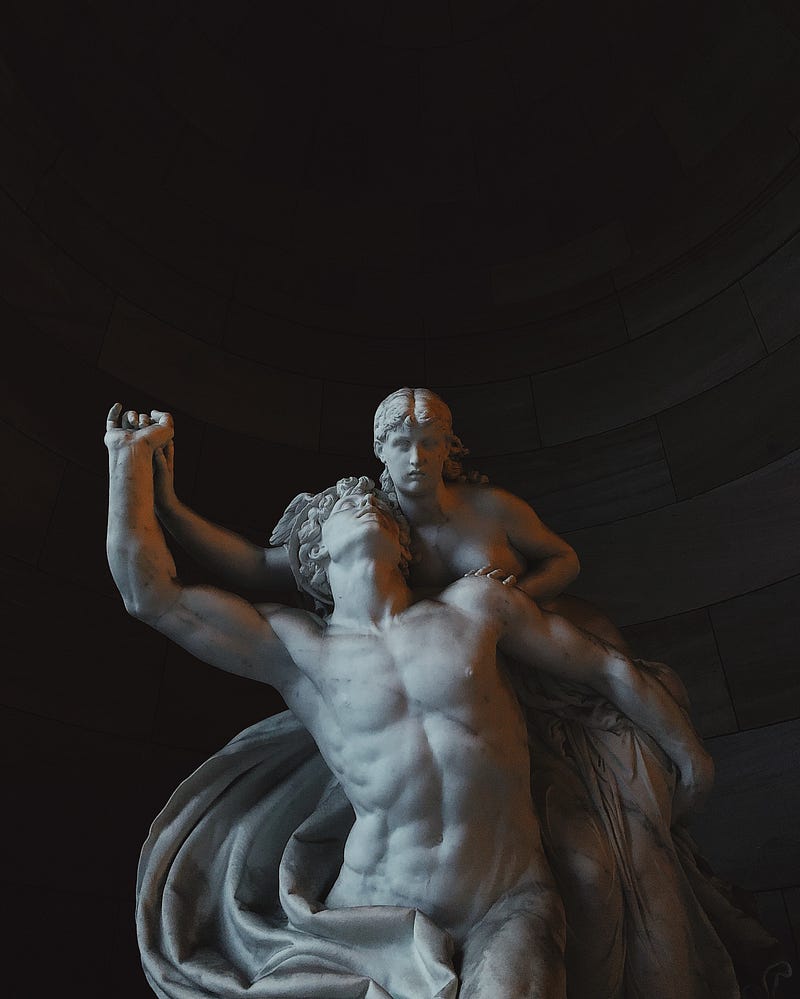Exploring the Intersection of Science and Art in SEO
Written on
Chapter 1: The Nature of Online Marketing
Online marketing can be viewed as a way to translate human intuition for machines. Picture visiting a bookstore—remember those? Your gaze first lands on several small tables showcasing books. Some titles are prominently displayed, thanks to the hefty investments made by publishers to increase visibility. This strategy is effective, as it often leads shoppers to pick up, browse, and ultimately purchase the featured books.
Next, consider the initial shelves you encounter. Many of these feature staff recommendations, another space where publishers have invested to ensure their titles stand out. The goal here is to capture attention, highlighting both the front and back covers, which have gained even more significance in today's digital landscape than they held a decade or so ago. In the absence of a physical browsing experience, such as that offered by Amazon, keywords have become essential navigational tools. If you find a book appealing, you can explore related titles that others enjoyed—all without any pressure.
Miss Amazon's Virtual Store Experience
How you are welcomed in this virtual marketplace is dictated by your chosen search terms. Even if you directly inform Miss Amazon of what you're seeking by title or author, your search is still influenced by your profile, which is shaped by your past interactions and the associated searchable terms. Escaping this influence is nearly impossible.
Navigating this landscape is challenging. Major platforms like Amazon, Google, and Meta (formerly Facebook) invest vast sums to refine their algorithms. One individual I spoke with recently mentioned that the YouTube algorithm assesses over 50,000 different metrics. Other platforms likely operate in a similar fashion. If you believe you can unravel these complex systems without advanced mathematical skills, think again—it's not likely to happen.
Yet, I also believe there is an artistic element at play. Science alone doesn’t capture the full picture. For instance, Amazon tends to penalize those who excessively stuff their pages with keywords, indicating they have a clear understanding of optimal usage. While some aspects can be formulaic, there's a concerted effort to humanize the process.
An insightful point raised by an SEO instructor during an online course I attended involved the concept of market targeting through language. A writer might initially think to simply categorize their audience as "English-speaking" and list countries like the USA and Canada. However, this approach is overly broad. The instructor suggested a more focused strategy—targeting "Japan." This unexpected choice can cause the algorithm to shift focus, potentially uncovering a niche market of English readers that would otherwise be overlooked.
This concept isn't entirely new; it resembles the specificity one might use when searching for "bakery shop two blocks from my home." However, with an overwhelming array of options available, you must find a specific yet not overly narrow intersection. You want more precision than merely "English-detective-blonde-cheat."
By incorporating terms like "ruble-soap-stocking," you may start to hone in on what you're looking for.

In my case, it would look like this: "fantasy-urban-Jewish-kabbalah-erotic-romance-bakery."
Chapter 2: The Balance of Art and Science in SEO
In this insightful video, Bruce Clay discusses whether SEO is more of a science or an art form, exploring the nuances of both perspectives.
Bernard Huang delves into how to harmonize the artistic and scientific aspects of SEO without sacrificing authenticity in writing.